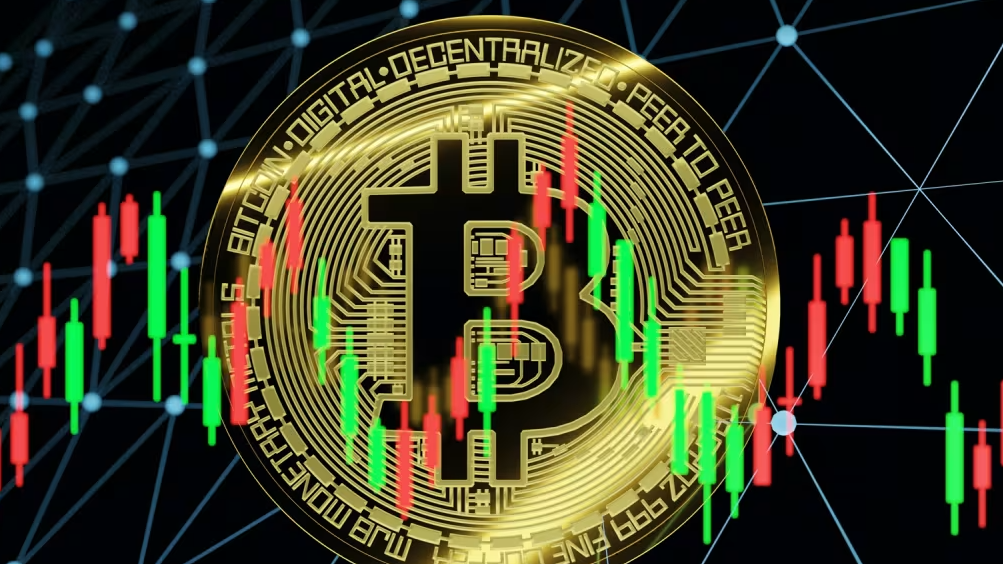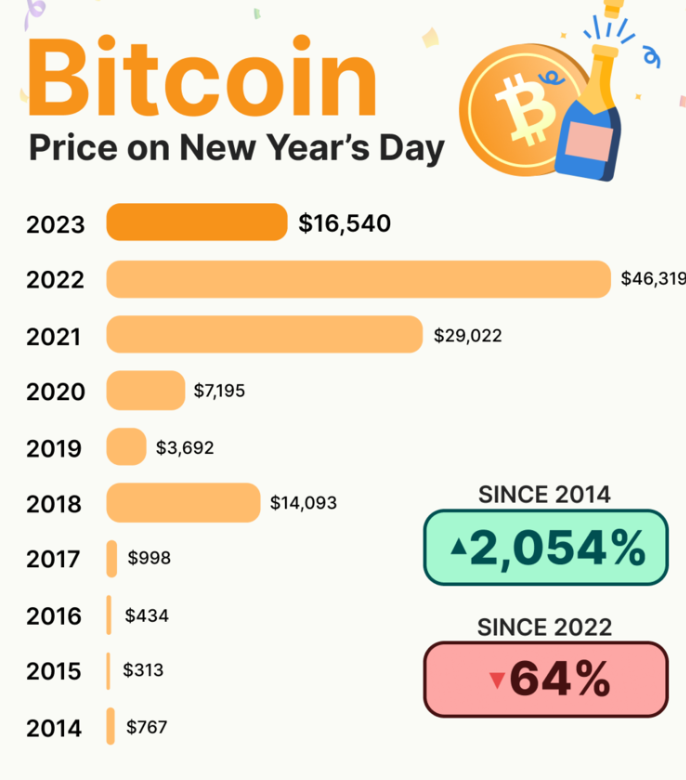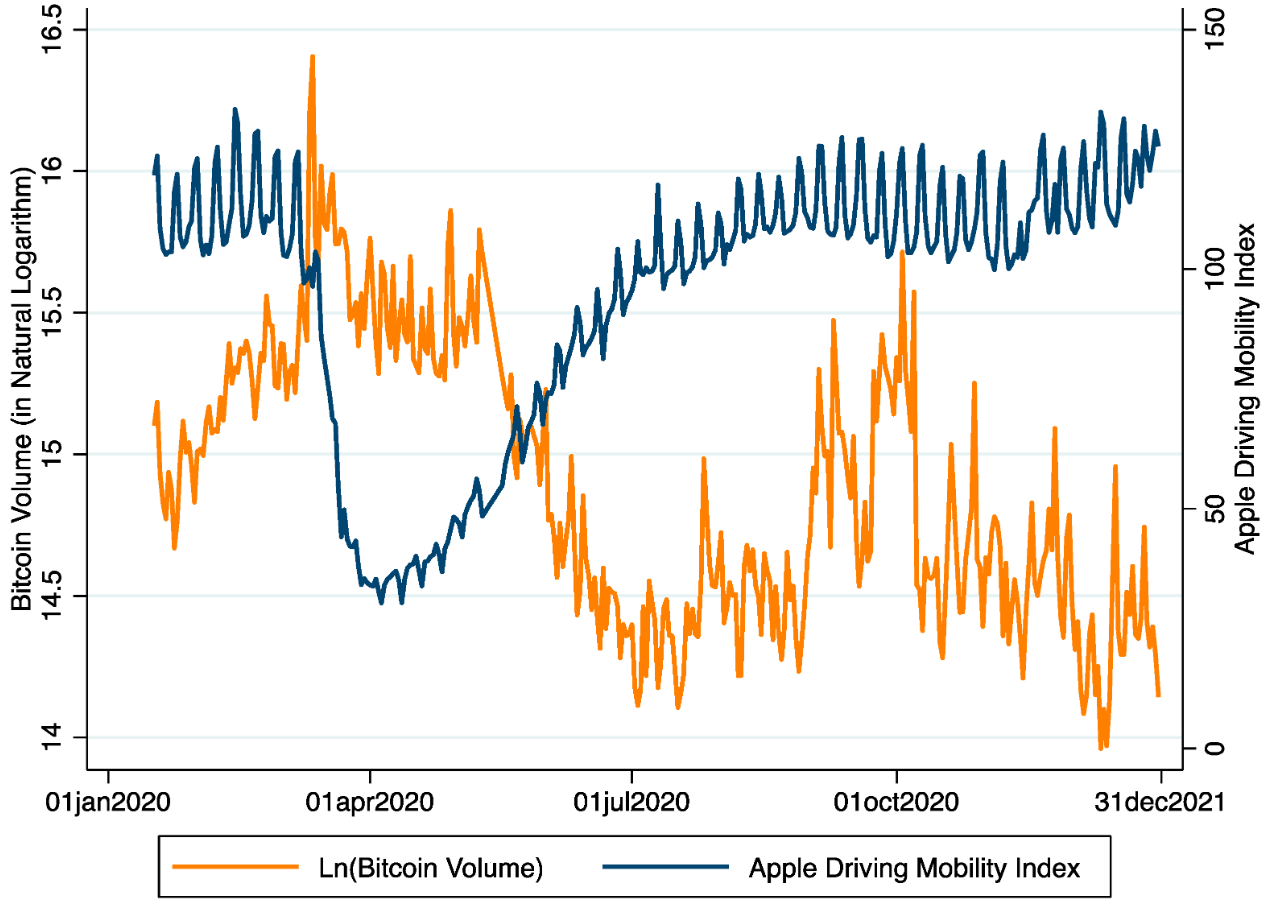Regional Swings: How Local Events Affect Bitcoin Price Dynamics

Despite the global nature of cryptocurrencies, Bitcoin increasingly reacts to local events: political, economic or infrastructural. Regulation, liquidity, local demand and even currency fluctuations within countries form price impulses, which are then reflected on global charts. In this article, we will analyze the influence of regions on the price of BTC, and how technical analysis can take these local influences into account.

Influence of the Asian market
Asian exchanges (primarily Binance, OKX and Bybit) historically form the first wave of daily volume. Events in this region, for example, the listing of an ETF in Hong Kong or statements by the Chinese authorities, often set the early daily trend.
On the charts, this manifests itself in the form of:
· early morning breakouts of levels (UTC);
· formation of shadows and false impulses;
· price reactions at support levels with increased volume in the Asian session.
It is also worth considering that trading in Korea or Thailand can lead to a local overpricing of Bitcoin, which gives rise to arbitrage scenarios.
The role of the US and Europe
Since the approval of spot ETFs in the US, the BTC market has received a strong institutional impetus. It is the American session that often breaks or confirms the daily trend set in the morning in Asia. The release of macroeconomic data (CPI, employment data) is often accompanied by:
1) a sharp increase in volatility;
2) a breakout of key technical levels;
3) the formation of strong candles with directional volume.
European markets act more restrained, but regulated exchanges (for example, in Germany and France) create a stable liquidity background, especially for large transactions.

The impact of developing countries
Unstable economies (Turkey, Argentina, Nigeria) contribute to local demand for Bitcoin as a store of value. Increased interest in P2P transactions, growth of OTC volumes and liquidity deficit in official markets give rise to:
· regional price premiums (sometimes 2-5% higher than the global average);
· increased spreads;
· stable demand during global rate drawdowns.
On the charts, this is expressed in support at local minimums, where the level is “protected” by the growth of regional demand.
Regional Bitcoin Price Dynamics: Events, Impact, and Technical Reactions
|
Region |
Event / Factor |
Type |
Price Impact (BTC) |
Technical Market Reaction |
|
United
States |
Approval
of spot BTC ETFs (2024) |
Regulatory/Market |
+10–15%
over 2 weeks |
Breakout
above long-term resistance; increased daily volume; trend continuation |
|
Hong
Kong / China |
Launch
of crypto ETFs in Hong Kong |
Institutional |
+5–7%
short-term |
Morning
breakout during Asia session; increased volatility; failed retest of previous
highs |
|
Nigeria |
Ban on
crypto exchanges by central bank |
Regulatory |
-3%
(local), neutral globally |
Decreased
exchange volumes; P2P premiums increased; divergence from global price |
|
Turkey |
Hyperinflation
and lira devaluation |
Macroeconomic |
Upward
local demand |
Higher
local OTC volumes; strong support on global BTC dips due to defensive demand |
|
Argentina |
Election
uncertainty and capital controls |
Political/Economic |
Local
premium +4% |
Market
reacts with volume spikes on global lows; localized bullish divergence |
|
South
Korea |
High
retail activity, price speculation |
Market
sentiment |
Short-term
spikes (+2–3%) |
Formation
of wicks and shadows in Asia session; inefficient liquidity zones |
|
Germany |
Bitcoin
sold by government from seized wallets (2025) |
Government
action |
-8% in
one week |
Strong
sell pressure; daily candles closed below support; reversal pattern observed |
|
El
Salvador |
Government
BTC purchases and mining initiatives |
Strategic
policy |
Low
immediate impact |
Sentiment
boost; local OTC interest; minor bullish reaction |
|
Latin
America (General) |
Use of
BTC for remittances and savings |
Economic
utility |
Steady
support zone building |
High
interest in support zones; consistent accumulation behavior visible |
|
India |
Taxation
and regulatory uncertainty |
Regulatory |
Neutral
to bearish sentiment |
Decreased
exchange volume; limited participation; bearish consolidation in local hours |
|
Japan |
Positive
regulation and tech adoption |
Market
development |
Gradual
positive influence |
Tokyo
open shows bullish momentum; slow build-up of intraday trend |
|
Thailand |
Crypto
integration into banking apps |
Adoption
trend |
Mild
bullish reaction |
Retests
of breakout zones with higher low formations |
|
Canada |
Launch
of first BTC ETF (2021) and cold climate mining |
Institutional |
Medium-term
trend support |
Consolidation
with volume support; moving average alignment |
|
Middle
East (UAE, Saudi Arabia) |
Growing
crypto hubs and licensing |
Infrastructure |
Long-term
positive outlook |
Accumulation
patterns; high timeframe breakout preparation |
|
Russia |
Ambiguous
crypto stance + sanctions impact |
Geopolitical |
Market
neutral / fragmented |
Increased
P2P activity; thin liquidity; inconsistent volume spikes |
Regional arbitrage and technical fluctuations
The difference in BTC rates on different exchanges and markets creates conditions for arbitrage. With high volatility, traders use discrepancies between regions, which gives rise to:
· movements with quick returns;
· complex false breakouts;
· unstable consolidations with sharp volumes.
For a technical analyst, this means that not only the levels are important, but also the session time - a breakout in the Asian morning can be false, while an evening consolidation in New York is a signal for the continuation of the trend.

Current market structure
As of June 2025, Bitcoin is trading in a range between $62,000 and $72,000. This corridor is formed with the participation of different regions:
1) The lower limit ($62,000–63,000) is stabilized by demand from developing countries.
2) The middle of the range ($66,000–68,000) is actively tested in the afternoon and evening American sessions.
3) The upper zone ($70,000+) depends on the behavior of large funds and the release of macro news from the USA.
Technically, the market is in the accumulation phase with high volume, which may be a harbinger of a new upward impulse - provided that global and local factors coincide.
How to take into account regional influences in technical analysis
To improve the accuracy of technical analysis, it is important for a trader to:
1) Compare price behavior in different time sessions - Asia, Europe, USA.
2) Follow news in key regions (ETF launches, regulatory announcements, changes in monetary policy).
3) Analyze volumes in relation to the time of day — where exactly interest is formed, where impulses occur.
4) Assess volatility through the prism of regional arbitrages and premiums (for example, in Africa and Southeast Asia).

Conclusion
Although the blockchain is decentralized, the Bitcoin price is the result of the global interaction of local forces. Asian liquidity, American institutional activity, and developing demand in unstable regions form the very chart structure that millions of traders analyze.
And if technical analysis used to be based only on candlesticks and levels, today it increasingly requires taking into account the regional context in order to be truly accurate and timely.



Comments ()